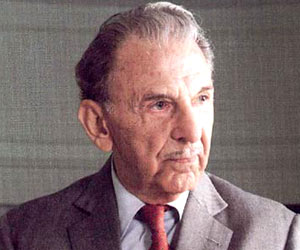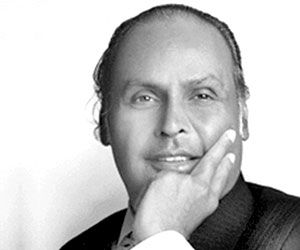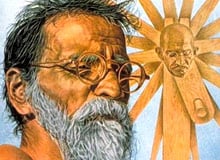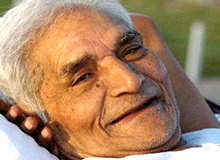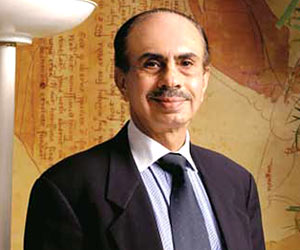 Adi Godrej is one of the icons of Indian Industry. He is the chairman of Godrej Group. .Adi Godrej was born in a business family. His father's name was Burjorji Godrej and his mother's name was Jai Godrej. More than a century age, the Godrej's were into manufacturing locks and vegetable-based soaps. The Godrej products were among the first indigenously manufactured products to displace entrenched foreign brands.
Adi Godrej is one of the icons of Indian Industry. He is the chairman of Godrej Group. .Adi Godrej was born in a business family. His father's name was Burjorji Godrej and his mother's name was Jai Godrej. More than a century age, the Godrej's were into manufacturing locks and vegetable-based soaps. The Godrej products were among the first indigenously manufactured products to displace entrenched foreign brands.Adi Godrej left India at the age of 17 to enroll at the Massachusetts Institute of Technology. Though he planned to study mechanical engineering but he later on switched to management. After his return to India, Adi Godrej joined the family business. He modernized and systematized management structures and implemented process improvements. Adi Godrej took the Godrej Group to great height during controlled economy era.
After the liberalization process, Adi Godrej restructured company's policies to meet the challenges of globalisation. In the early 2000s, the Group completed a 10-year restructuring process through which each business became a stand-alone company with a CEO/COO from outside the Godrej family.
Under Adi Godrej's leadership, the group is also involved in philanthropic activities. Godrej is major supporter of the World Wildlife Fund in India, it has developed a green business campus in the Vikhroli township of Mumbai, which includes a 150-acre mangrove forest and a school for the children of company employees.
Adi Godrej is an Indian industrialist and philanthropist. As of 2010, he is one of the richest Indian's with net worth of US$5.2 billion. Adi Godrej left India at the age of 17 to enroll at the Massachusetts Institute of Technology. Though he planned to study mechanical engineering, he later on switched to management. Adi was a member of Pi Lambda Phi and lived there his freshman year.
After his return to India, Adi Godrej joined the family business. He modernized and systematized management structures and implemented process improvements. Adi Godrej took the Godrej Group to great height during controlled economy era.
After the liberalization process, Adi Godrej restructured company's policies to meet the challenges of globalisation. In the early 2000s, the Group completed a 10-year restructuring process through which each business became a stand-alone company with a CEO/COO from outside the Godrej family.
Under Adi Godrej's leadership, the group is also involved in philanthropic activities. Godrej is major supporter of the World Wildlife Fund in India, it has developed a green business campus in the Vikhroli township of Mumbai, which includes a 150-acre (0.61 km2) mangrove forest and a school for the children of company employees.
